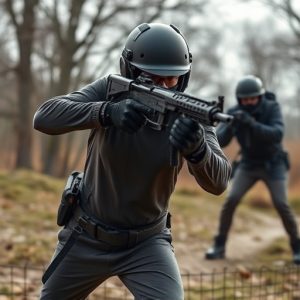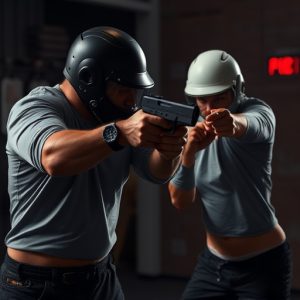Unveiling Nighttime Defense: Electrical Flow in Stun Devices
Understanding electrical flow is crucial for selecting best stun guns for personal protection at nig…….
Understanding electrical flow is crucial for selecting best stun guns for personal protection at night, as they release controlled high-voltage, low-amperage currents to disable attackers while conserving energy. Modern models feature advanced circuitry, durable construction, water resistance, alarm systems, and holographic/laser sights for enhanced accuracy and reliability in low-light conditions. Proper training, regular testing, and safe handling practices are essential for effective nighttime use.
In the realm of personal defense, stun devices offer a powerful tool for nighttime protection. Understanding the electrical current flow within these devices is key to their functionality. This article delves into the science behind stun device operation, exploring critical components and design features that make them effective in low-light scenarios. We’ll also discuss essential safety measures, ensuring users can leverage the benefits of best stun guns for personal protection at night while minimizing risks.
- Understanding Electrical Current Flow: The Foundation of Stun Device Functionality
- Key Components and Design Features Enhancing Nighttime Personal Protection Stun Guns
- Safety Measures and Best Practices for Using Stun Devices Effectively in Low-Light Conditions
Understanding Electrical Current Flow: The Foundation of Stun Device Functionality
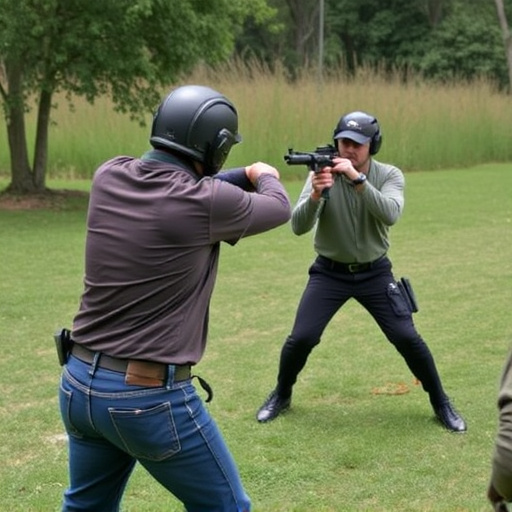
Understanding how electrical current flows through a stun device is fundamental to comprehending its functionality, especially when considering the best stun guns for personal protection at night. When activated, a stun gun initiates a high-voltage, low-amperage electric current, typically measured in milliamperes (mA). This current travels through conducting wires within the device and is delivered via electrodes when the trigger is pulled. The intensity of the current disrupts the nerve impulses in the target’s body, temporarily incapacitating them.
The efficient flow of electrical current ensures the stun device’s effectiveness. Modern stun guns are designed to balance power with control, allowing for a strong enough shock to subdue an attacker while minimizing energy waste. This precision in current management is crucial, especially in situations where every second counts and personal safety is at stake.
Key Components and Design Features Enhancing Nighttime Personal Protection Stun Guns
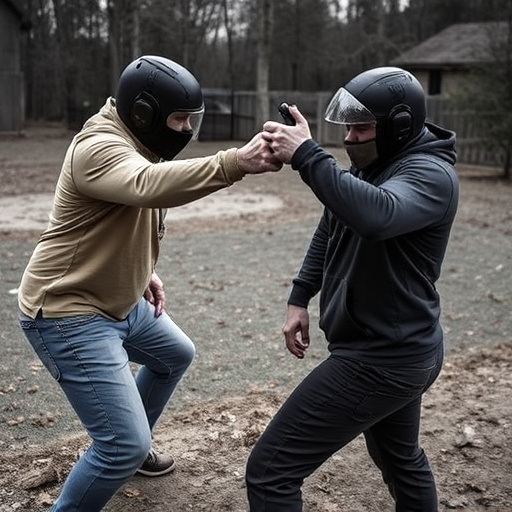
The best stun guns for personal protection at night are designed with key components and innovative features that maximize their effectiveness in low-light conditions. These devices often incorporate advanced circuitry and high-capacity batteries to ensure a powerful electric current flow, even when operating in challenging environments. The use of bright LED lights not only improves visibility but also serves as a deterrent, allowing users to assess potential threats clearly.
Key components include durable construction for resilience and water resistance for reliability in various weather conditions. Additionally, stun guns with built-in alarm systems and holographic or laser sights enhance accuracy and safety during nighttime use. These design features collectively contribute to the overall effectiveness of a stun gun as a crucial personal protection tool for individuals who may find themselves in precarious situations after dark.
Safety Measures and Best Practices for Using Stun Devices Effectively in Low-Light Conditions
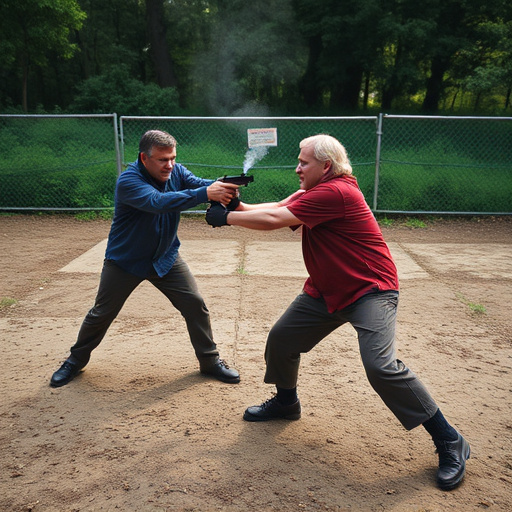
When using stun devices in low-light conditions, such as at night, safety measures and best practices are paramount to ensure effectiveness and minimize risks. One crucial practice is to choose the best stun guns for personal protection at night that are designed with enhanced visibility features, like glowing triggers or lights, to improve aim under reduced lighting. Additionally, users should undergo proper training to understand the device’s range, shock intensity, and safe handling procedures, especially in dark environments where misaiming could lead to unintended consequences.
Regularly testing the device’s functionality in well-lit conditions before deploying it at night is another essential practice. Keeping stun guns charged or equipped with spare batteries ensures they’re ready for use when needed. Practicing targeted strikes on various surfaces to familiarize yourself with the device’s impact range can also help you deploy it more effectively during low-light situations, increasing the chances of incapacitating an assailant quickly and safely.
In conclusion, understanding how electrical current flows through stun devices is key to choosing the best stun guns for personal protection at night. By grasping the fundamental principles outlined in this article—from the crucial components to safety measures—users can maximize the effectiveness of their stun devices during low-light conditions, ensuring they have a reliable tool for self-defense.
